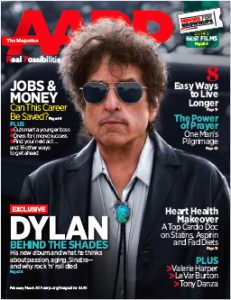Living Boldly at Any Age
I just re-read Malcolm Gladwell’s groundbreaking book, The Tipping Point. It was on all the bestsellers’ lists a decade ago and for good reason. Gladwell breaks down how ideas, trends and messages spread like viruses with the help of a very small number of special groups known as Connectors (relationship brokers), Mavens (knowledge brokers) and Salespeople (persuaders with clout.) It’s takes what he calls the “Law of the Few” for something to become contagious and claims 80% of the work is done by 20% of the people.
Gladwell carries his contagion theory further, stating once an idea is spawned, the formula 80% (work) 20% (people) still applies, needing informal leadership and action from Innovators (Adventurers) and Early Adopters (Opinion Leaders). Then like wildfire, these ideas and trends spread to the masses, or as he calls them the Early and Late Majorities and Laggards.
“The Tipping Point” makes sense to me, especially with cultural trends, which is where Disrupt Aging comes in. This new book about living boldly at any age will be available in early April and I can’t wait to read it. I forecast a groundswell movement to disrupt outdated stereotypes related to aging and I want to be both a Connector/Maven and an Innovator to help make this happen. And considering that 10,000 of us “retire” every day, we certainly have enough numbers and energy to power a movement. The challenge is, we disown the “R” word and need to come up with another way to describe this next chapter, which has a lot more to do with creative living than retreating.
So I am writing posts about it, creating and facilitating Re-Ignite groups, and working with clients as they embark on big life transitions, which I like to call The Second Spring of Life. As we age and begin to consider what these extra 30 years can mean to us potentially, it seems to me that we have a huge opportunity never before seen in history. AARP is part of this movement, with their campaign to Re-imagine life beyond 50. Check it out. We need Innovators and Early Adopters to spread the word and to role model that it’s cool to be older. You in?







